Red Star Over Russia at Tate Modern
Curator Natalia Sidlina on one man’s far-reaching collection that offers a very personal account of a highly turbulent 50 years

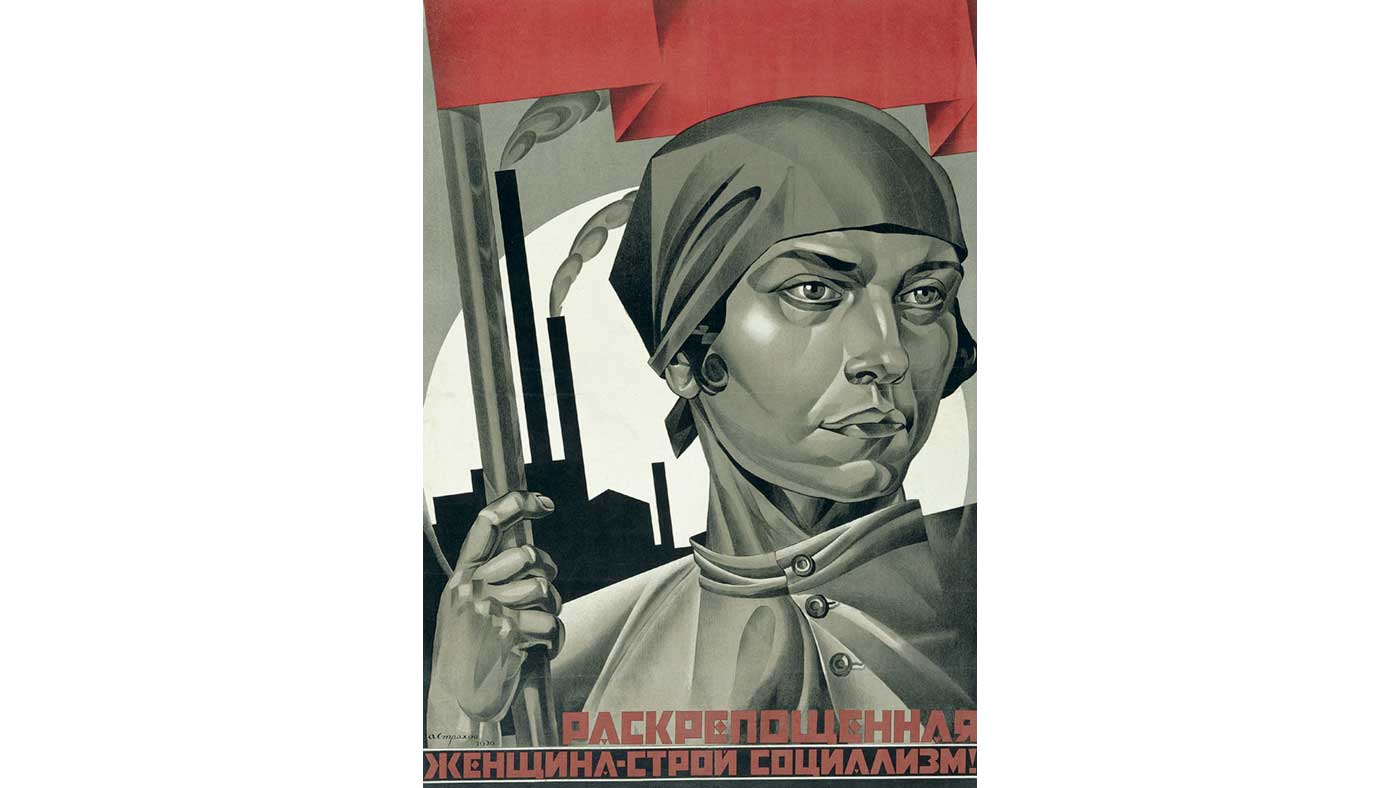




In the centenary year of the Russian Revolution, Tate Modern will explore the distinctive visual history of Russia and the Soviet Union with a new exhibition drawn from the expansive personal collection of the late graphic designer David King. Here, curator Natalia Sidlina tells us more about the importance of the collection and the challenges of tracing this large and tumultuous period.
What is the background of the exhibition?
The exhibition covers the period from 1905 to 1955 and is based on the collection of one person, David King. It's not the story, it's a story, of the Soviet Union, as seen through the eyes of a British graphic designer, photographer and researcher. King collected a huge amount of small-size material that would normally be lost in a larger format exhibition. We're constructing an almost timeline-like structure, using very personal objects to tell a story chronologically. We have items that were in people's pockets, in their family's photographic albums or on coffee tables, and which give a very insightful and personal angle to this huge, very historically interesting period.
The Week
Escape your echo chamber. Get the facts behind the news, plus analysis from multiple perspectives.

Sign up for The Week's Free Newsletters
From our morning news briefing to a weekly Good News Newsletter, get the best of The Week delivered directly to your inbox.
From our morning news briefing to a weekly Good News Newsletter, get the best of The Week delivered directly to your inbox.

Why is the David King collection so important?
King worked for The Sunday Times in the 1960s and 1970s and was a key figure in producing the visual identity of the British Left in the 1960s, 1970s and 1980s. In the 1970s, he was sent to Russia to find images of Russian revolutionary Leon Trotsky for a special anniversary edition that The Sunday Times was putting together. He landed in Moscow and discovered that none of the images could be found, that the famous commissar had completely disappeared, vanished from history and visual culture. That intrigued him and he started scouting the world looking for images of Trotsky.
Throughout his 40 years of collecting he amassed the world's largest collection of Trotsky-related visual materials, but also about a quarter of a million other materials related to Russian history, visual culture, photography and graphic design. For many years, his collection, which started as his own personal image library, grew into a world-famous image bank. Most of the books on Russia's history, literature, visual culture and arts published within the past 40 years have credited David King as one of the image banks used by researchers.

Tate worked with the David King collection for many years, and we've had rooms dedicated to various parts of the collection at Tate Modern since it opened. We had the Russian Revolutionary poster room and, most recently, the John Heartfield room, dedicated to political photomontage in the Weimar Republic during the late 1920s and early 1930s. We worked very closely with King; I worked with him independently before I joined Tate, and my colleagues at Tate worked with him on these collaborative displays, while our publishing house, Tate Publishing, published some of his most famous books such as The Commissar Vanishes, Red Star Over Russia and Russian Revolutionary Posters. David's dream was for his collection to become publicly accessible, so for a few years my colleagues and I discussed the possibility of his collection coming into Tate Modern. That happened in 2016 and, tragically, the transfer of the collection coincided with his untimely passing that May. We wanted to show the collection that we had acquired a year ago in a slightly different light from how King displayed it himself, to show the various possibilities of such an unusual collection joining an art museum like ours, and all the possibilities for research, display and public access to such a collection may give to a museum.
A free daily email with the biggest news stories of the day – and the best features from TheWeek.com

What will be shown in this exhibition?
The entire collection comprises around 250,000 items, ranging from tiny little badges to enormous posters and banners. There are some sculptures, thousands of photographs, posters, archival materials, proclamations and so on, but we will only be able to show a fraction of the collection. We wanted to use the pieces to illustrate the history of development and transformation of the visual culture of the Soviet Union in the first 50 years of the 20th century. This was the period when the avant-garde movements and Modernist aesthetics were prevalent and very powerful, and also the moment this aesthetic merged with a strong will for social change, not only among the revolutionary minds, but within the artistic community too. As a result, it developed into a very powerful visual culture that influenced generations to come and, in a way, the generation that came after the Second World War. Both were brought up on this very rich visual culture but at the same time rebelled against it, producing art that used the visual imagery created in the 1920s, 1930s and 1940s as material for their non-conformist studio practice.
Censorship played a key role in the visual identity of the time. How have you approached this in the exhibition?
David amassed a very large collection of censored imagery, not only manipulated imagery but also the prison photographs of the victims of Stalin's purges, and we're going to put these on display. In order to present those images, which have a very tragic story behind each face and each group shot, we had to work very hard to respect the tragedy and losses behind each image, but at the same time show the extent of the disastrous period under the Stalin regime when so many people vanished, were murdered and sent into camps.

We have three different narratives in the space that talk about censorship. There's official censorship, when the images were manipulated by professional artists who brushed the so-called enemies of the people out of the official pictures, sometimes reducing the group shots into images of just one person, usually Stalin. There's self censorship, where people would erase or blacken out the faces of their colleagues or loved ones from albums or even the books they held in their library to protect themselves, should they be questioned or their apartments be searched for any illegal publications or forbidden imagery. And the third level are the photographs of people who vanished during the Stalin purges, and we wanted to show the sea of faces – of different ages, genders, political standing – all taken at the point where their lives completely collapsed. We're going to give a few simple lines to explain who they were, what their charges or accusations were and when they were executed. There will be Lenin's allies, such as Zinoviev and Kamenev, and there will be simple factory workers or field workers who would have the same mark of fear and despair on their faces.
Red Star Over Russia: A Revolution in Visual Culture 1905-1955 is at Tate Modern from 8 November 2017 to 18 February 2018, tickets £11.30; tate.org.uk
-
 5 sleeper hit cartoons about Sleepy Don
5 sleeper hit cartoons about Sleepy DonCartoon Artists take on cabinet meetings, a sleepy agenda, and more
-
 Political cartoons for December 6
Political cartoons for December 6Cartoons Saturday’s political cartoons include a pardon for Hernandez, word of the year, and more
-
 Pakistan: Trump’s ‘favourite field marshal’ takes charge
Pakistan: Trump’s ‘favourite field marshal’ takes chargeIn the Spotlight Asim Munir’s control over all three branches of Pakistan’s military gives him ‘sweeping powers’ – and almost unlimited freedom to use them
-
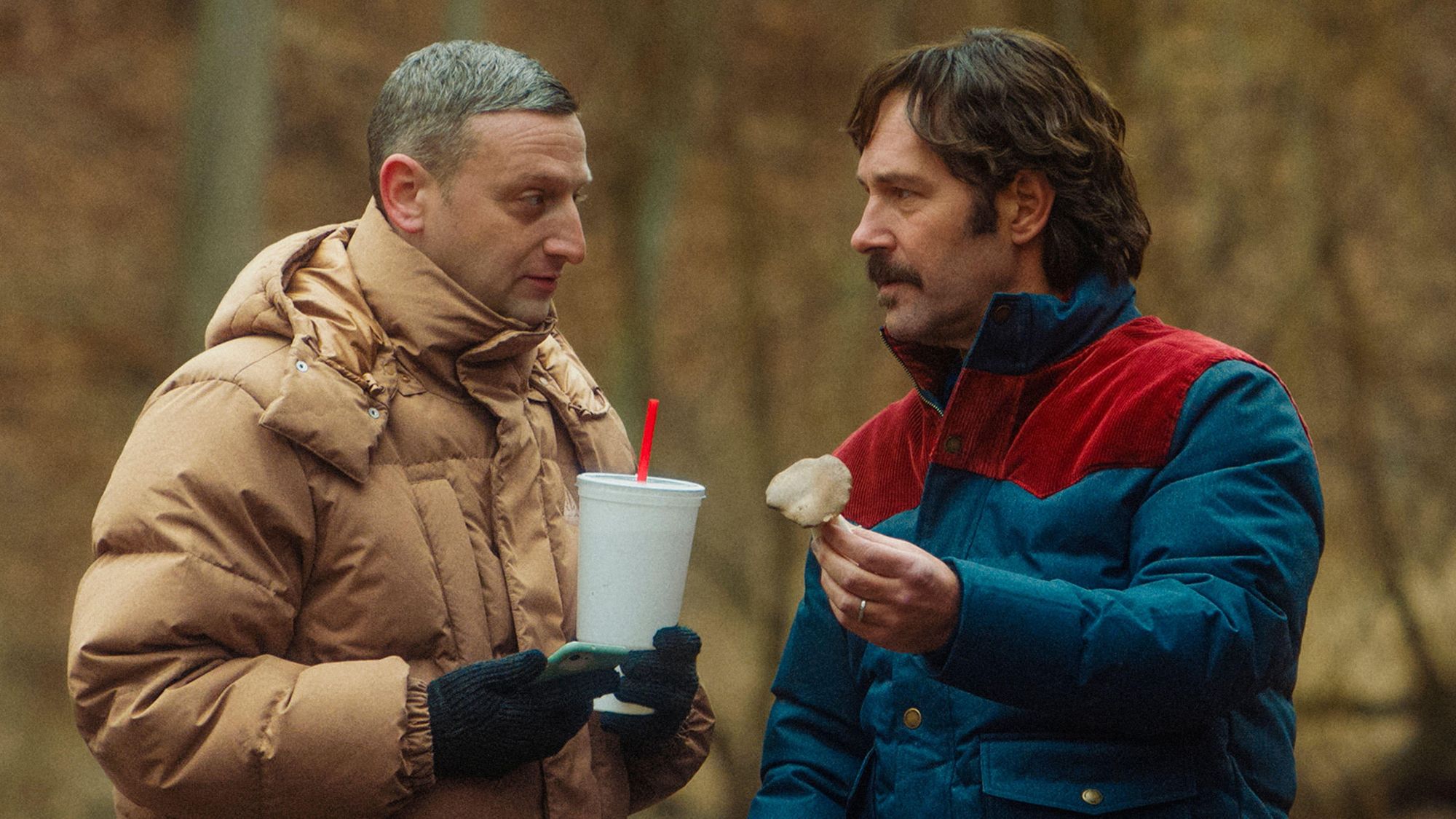 Friendship: 'bromance' comedy starring Paul Rudd and Tim Robinson
Friendship: 'bromance' comedy starring Paul Rudd and Tim RobinsonThe Week Recommends 'Lampooning and embracing' middle-aged male loneliness, this film is 'enjoyable and funny'
-
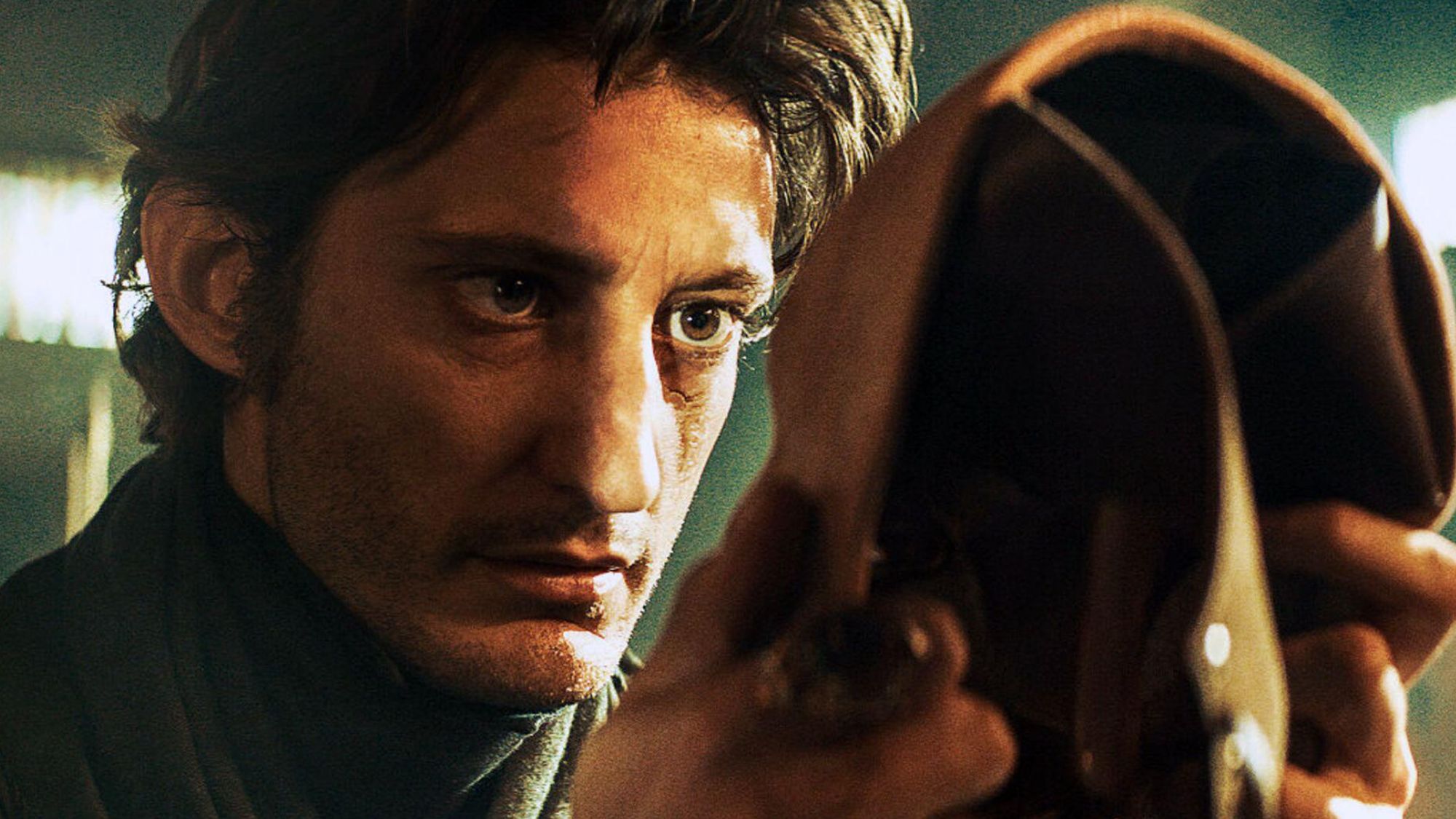 The Count of Monte Cristo review: 'indecently spectacular' adaptation
The Count of Monte Cristo review: 'indecently spectacular' adaptationThe Week Recommends Dumas's classic 19th-century novel is once again given new life in this 'fast-moving' film
-
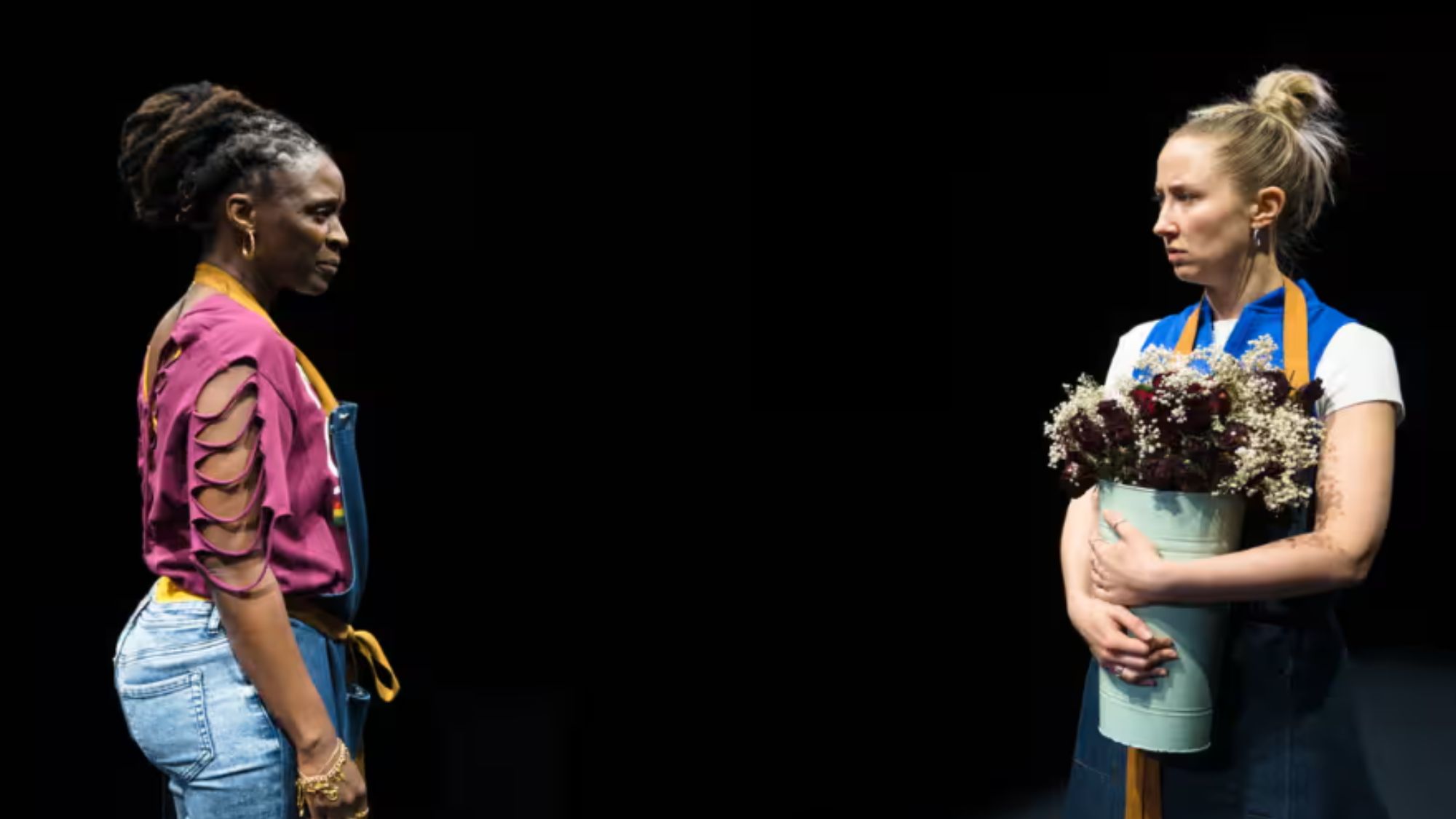 Death of England: Closing Time review – 'bold, brash reflection on racism'
Death of England: Closing Time review – 'bold, brash reflection on racism'The Week Recommends The final part of this trilogy deftly explores rising political tensions across the country
-
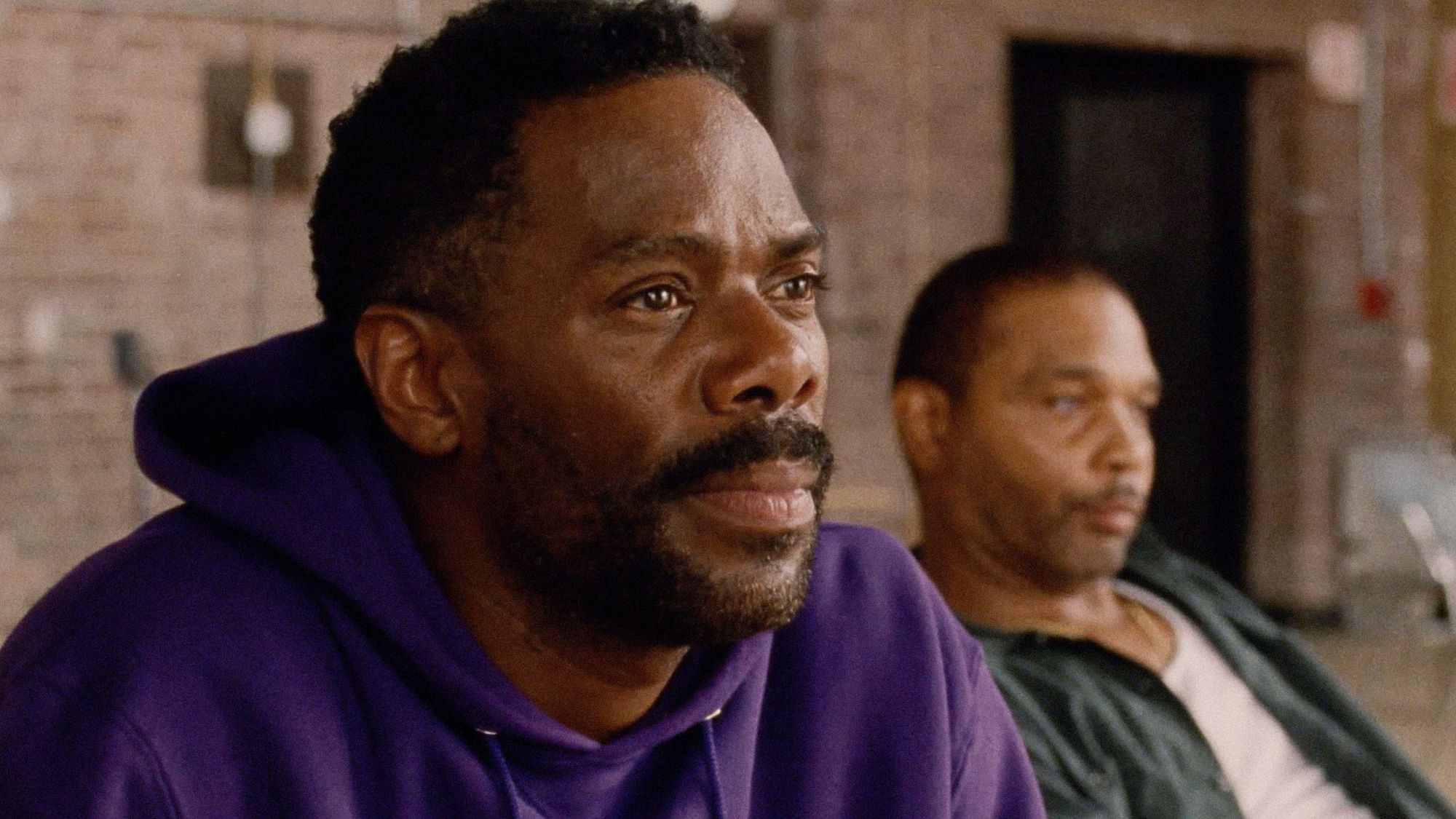 Sing Sing review: prison drama bursts with 'charm, energy and optimism'
Sing Sing review: prison drama bursts with 'charm, energy and optimism'The Week Recommends Colman Domingo plays a real-life prisoner in a performance likely to be an Oscars shoo-in
-
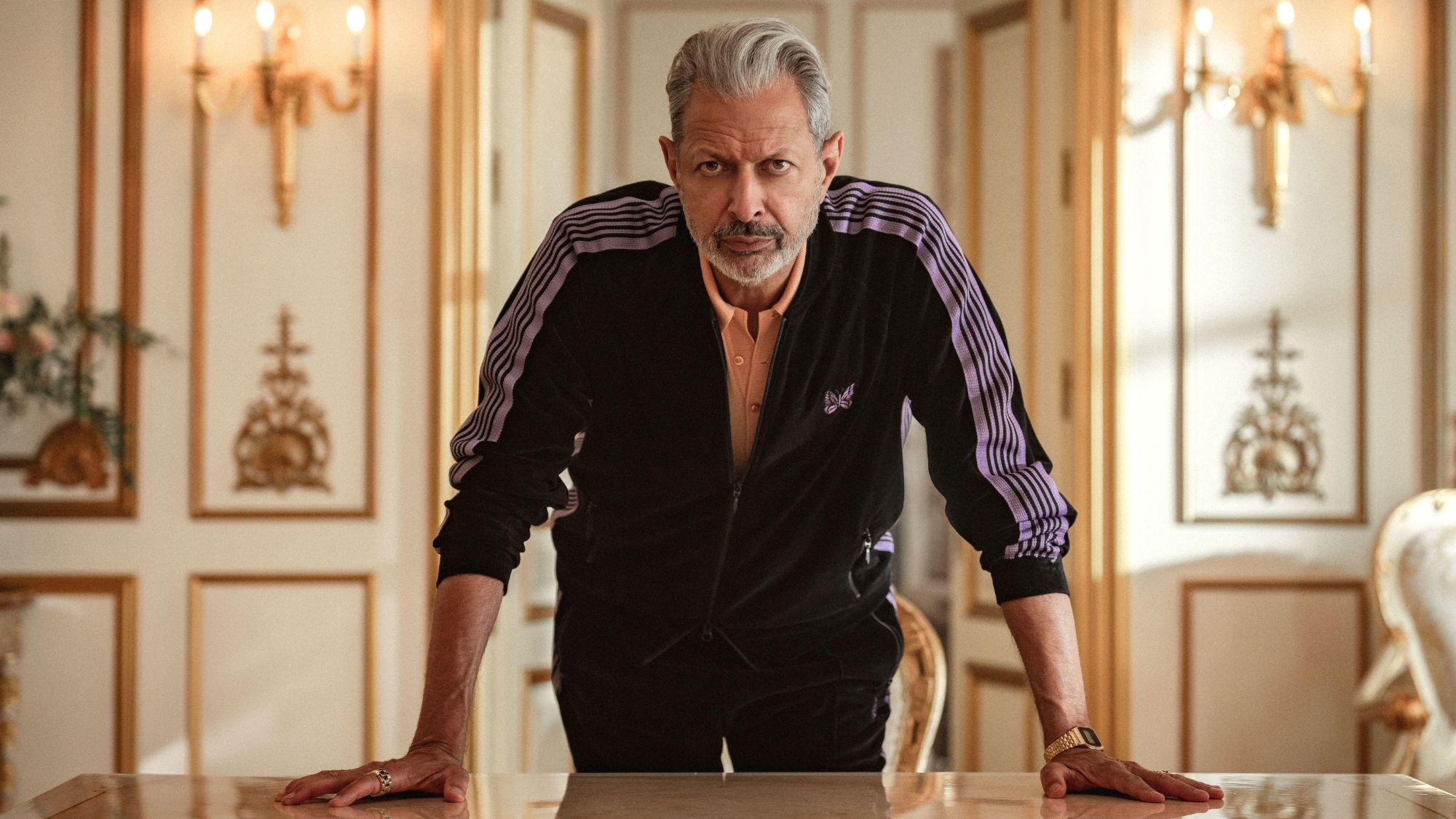 Kaos review: comic retelling of Greek mythology starring Jeff Goldblum
Kaos review: comic retelling of Greek mythology starring Jeff GoldblumThe Week Recommends The new series captures audiences as it 'never takes itself too seriously'
-
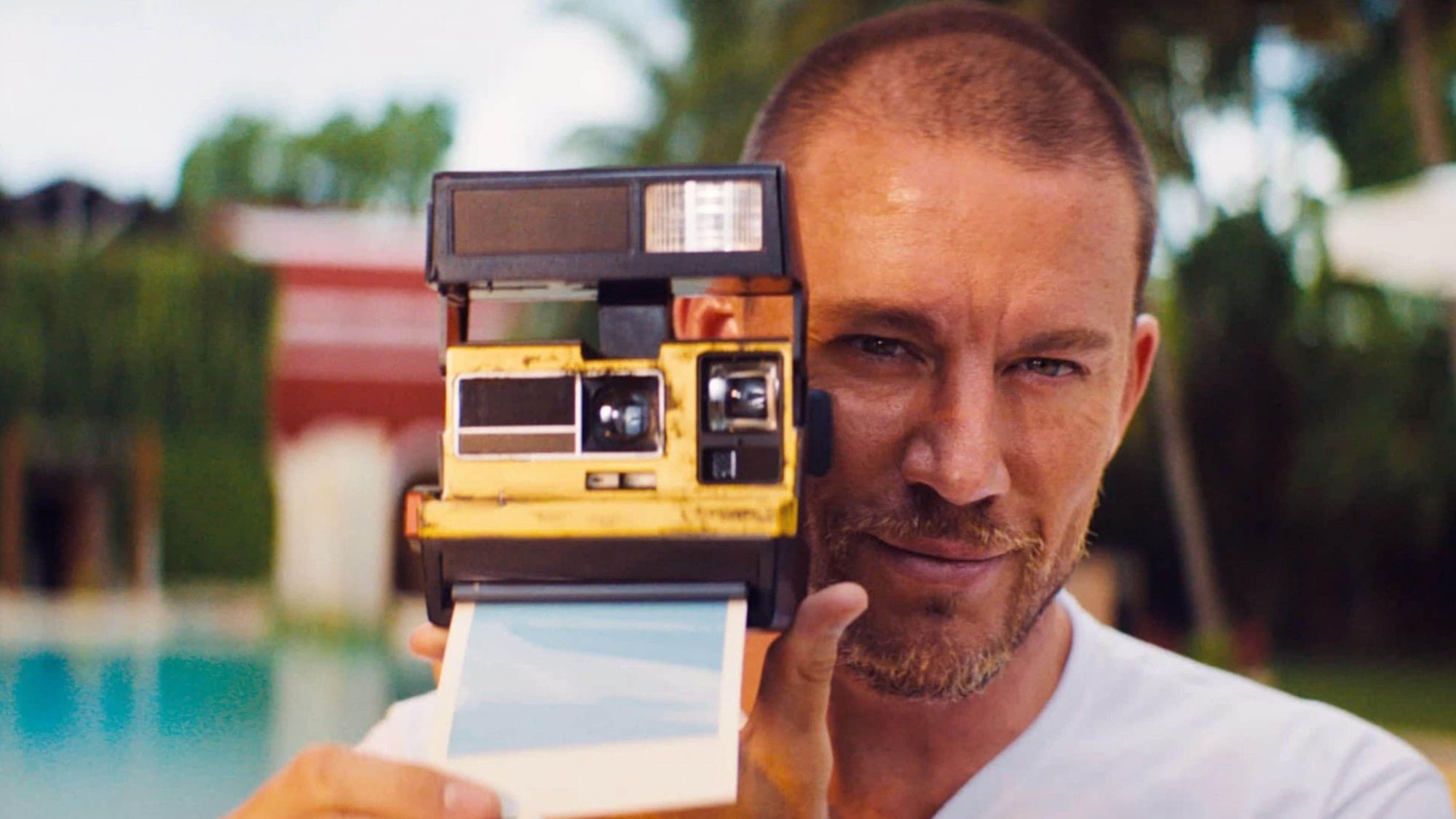 Blink Twice review: a 'stylish and savage' black comedy thriller
Blink Twice review: a 'stylish and savage' black comedy thrillerThe Week Recommends Channing Tatum and Naomi Ackie stun in this film on the hedonistic rich directed by Zoë Kravitz
-
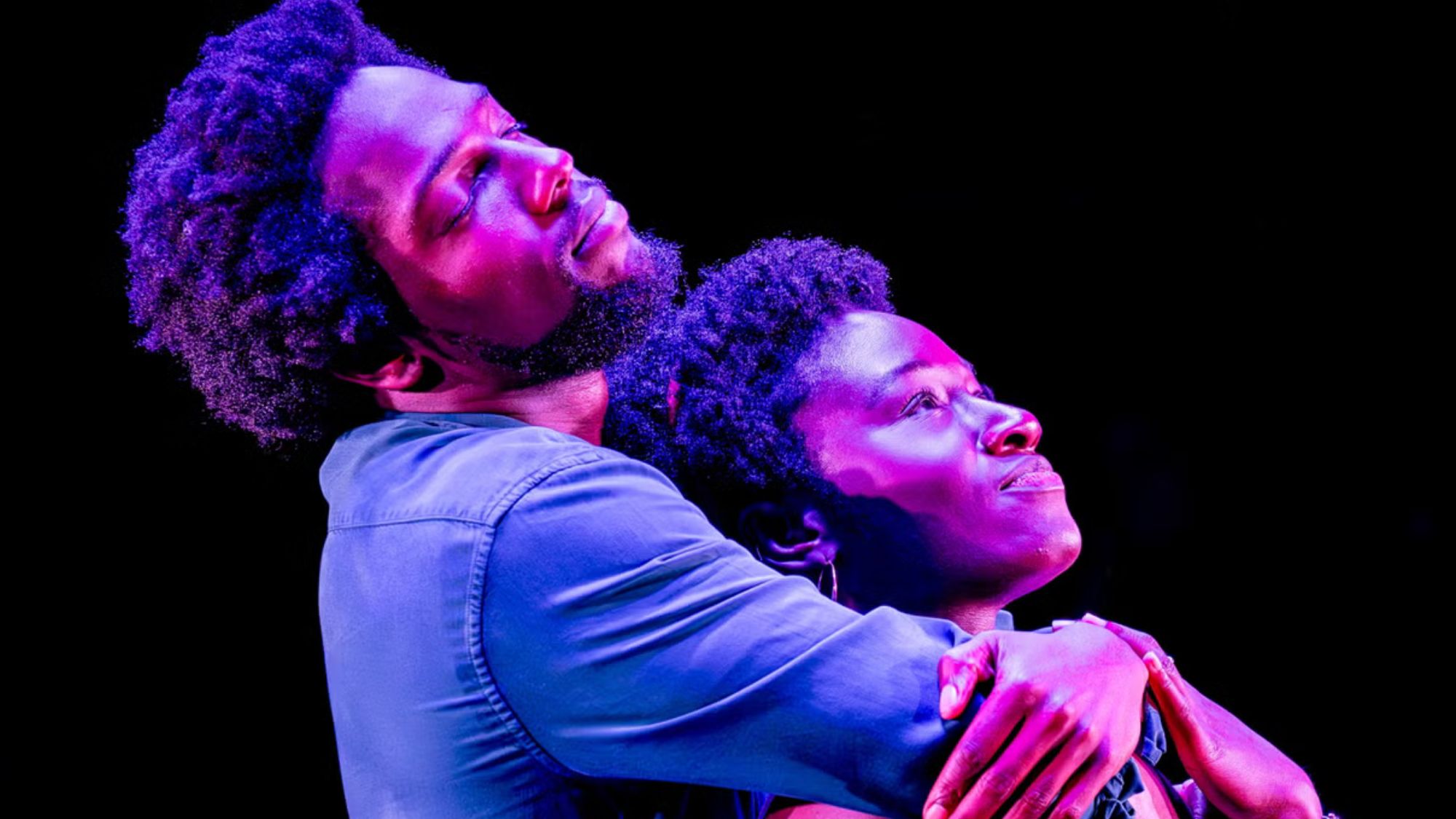 Shifters review: 'beautiful' new romantic comedy offers 'bittersweet tenderness'
Shifters review: 'beautiful' new romantic comedy offers 'bittersweet tenderness'The Week Recommends The 'inventive, emotionally astute writing' leaves audiences gripped throughout
-
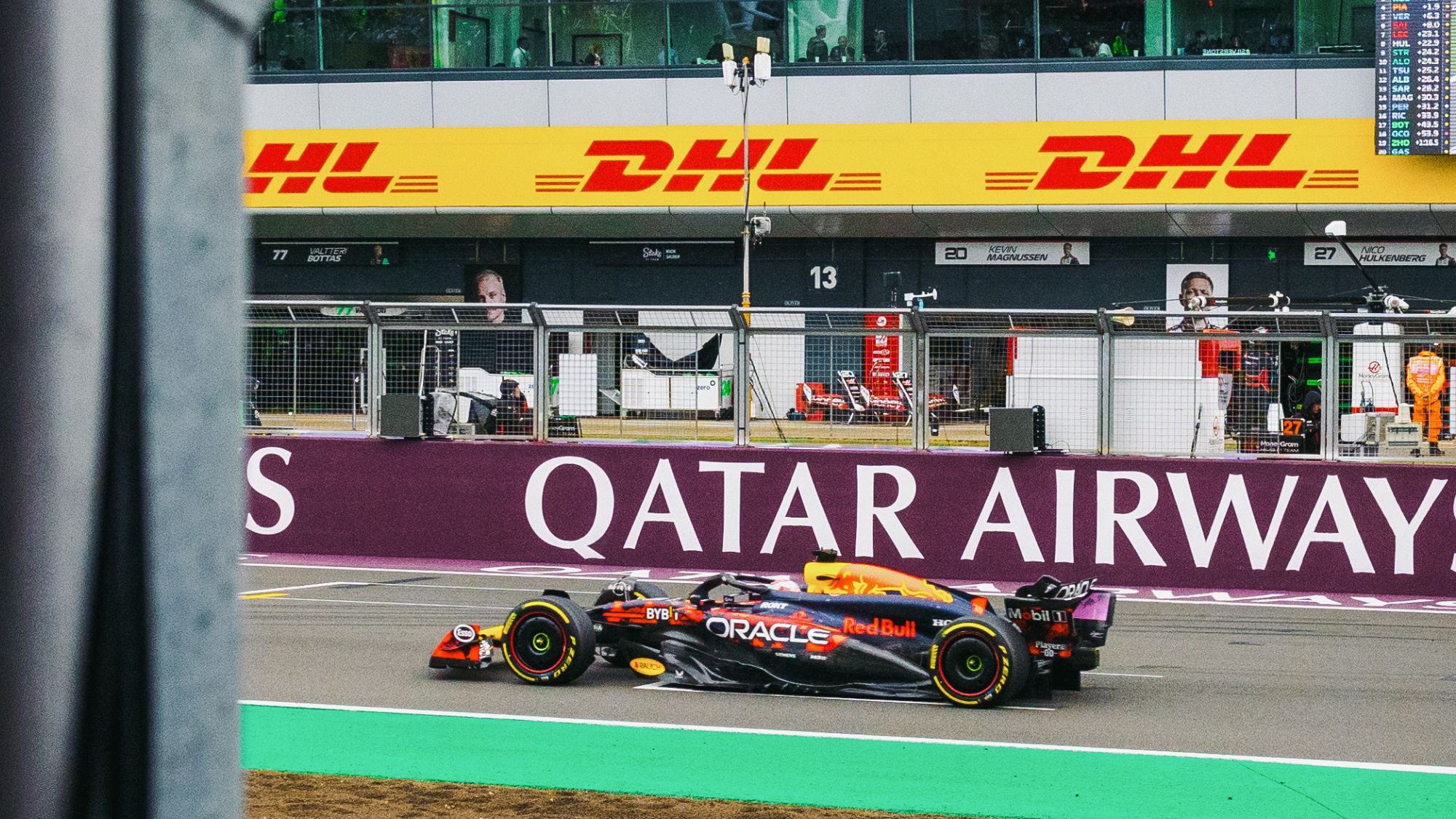 How to do F1: British Grand Prix 2025
How to do F1: British Grand Prix 2025The Week Recommends One of the biggest events of the motorsports calendar is back and better than ever